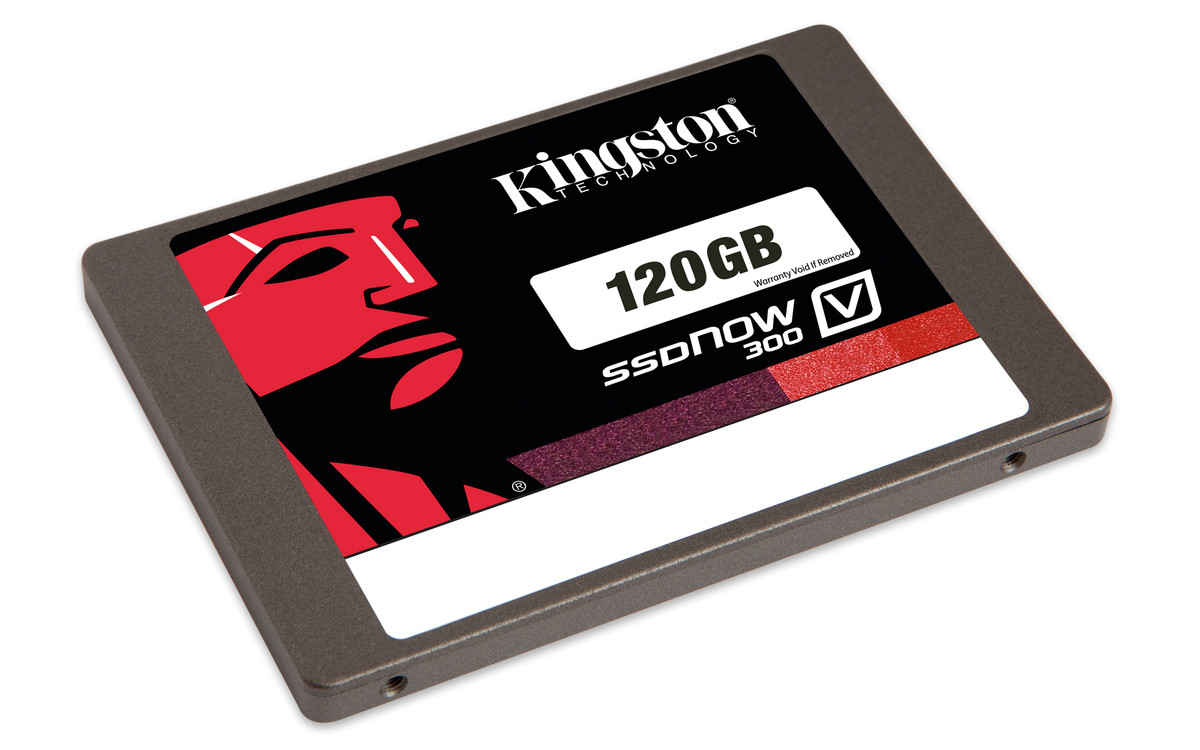Komentiral sem na:
http://opiskraljevine.blogspot.si/
http://taylucious.blogspot.si/
http://janbohincspletnidnevnik123.blogspot.si/
Tuesday, March 7, 2017
Thursday, March 10, 2016
SSD Pricing
As with any other tech, as it gets further developed, the price will drop accordingly. Using the current lowest price on Bestbuy, the price comes out at about 2€/GB of storage on an SSD, with that number varying depending on the type of SSD.
Source: http://www.bestbuy.com/
Source: http://www.bestbuy.com/
SSD and HDD Comparison
Making a comparison between SSDs and ordinary (spinning) HDDs is difficult. Traditional HDD benchmarks tend to focus on the performance characteristics that are poor with HDDs, such as rotational latency and seek time. As SSDs do not need to spin or seek to locate data, they may prove vastly superior to HDDs in such tests. However, SSDs have challenges with mixed reads and writes, and their performance may degrade over time. SSD testing must start from the (in use) full disk, as the new and empty (fresh out of the box) disk may have much better write performance than it would show after only weeks of use.
Most of the advantages of solid-state drives over traditional hard drives are due to their ability to access data completely electronically instead of electromechanically, resulting in superior transfer speeds and mechanical ruggedness. On the other hand, hard disk drives offer significantly higher capacity for their price.
Field failure rates indicate that SSDs are significantly more reliable than HDDs. However, SSDs are uniquely sensitive to sudden power interruption, resulting in aborted writes or even cases of the complete loss of the drive. The reliability of both HDDs and SSDs varies greatly amongst models.
As with HDDs, there is a tradeoff between cost and performance of different SSDs. Single-level cell (SLC) SSDs, while significantly more expensive than multi-level (MLC) SSDs, offer a significant speed advantage. At the same time, DRAM-based solid-state storage is currently considered the fastest and most costly, with average response times of 10 microseconds instead of the average 100 microseconds of other SSDs. Enterprise flash devices (EFDs) are designed to handle the demands of tier-1 application with performance and response times similar to less-expensive SSDs.
In traditional HDDs, a re-written file will generally occupy the same location on the disk surface as the original file, whereas in SSDs the new copy will often be written to different NAND cells for the purpose of wear leveling. The wear-leveling algorithms are complex and difficult to test exhaustively; as a result, one major cause of data loss in SSDs is firmware bugs.
The following table shows a detailed overview of the advantages and disadvantages of both technologies. Comparisons reflect typical characteristics, and may not hold for a specific device.
SSD - Prispevek
A solid-state drive (SSD, also known as a solid-state disk although it contains neither an actual disk nor a drive motor to spin a disk) is a solid-state storage device that usesintegrated circuit assemblies as memory to store data persistently. SSD technology primarily uses electronic interfaces compatible with traditional block input/output (I/O) hard disk drives, which permit simple replacements in common applications. Additionally, new I/O interfaces, like SATA Express, have been designed to address specific requirements of the SSD technology.
SSDs have no moving (mechanical) components. This distinguishes them from traditional electromechanical magnetic disks such as hard disk drives (HDDs) or floppy disks, which contain spinning disks and movable read/write heads. Compared with electromechanical disks, SSDs are typically more resistant to physical shock, run silently, have lower access time, and lesslatency. However, while the price of SSDs has continued to decline over time, consumer-grade SSDs are still roughly eight to nine times more expensive per unit of storage than consumer-grade HDDs.
As of 2014, most SSDs use NAND-based flash memory, which is a type of non-volatile memory that retains data when power is lost. For applications requiring fast access but not necessarily data persistence after power loss, SSDs may be constructed from random-access memory (RAM). Such devices may employ batteries as integrated power sources to retain data for a certain amount of time after external power is lost.
Hybrid drives or solid-state hybrid drives (SSHDs) combine the features of SSDs and HDDs in the same unit, containing a large hard disk drive and an SSD cache to improve performance of frequently accessed data.
 |
| Kingston's 120GB SSD |
Subscribe to:
Comments (Atom)
